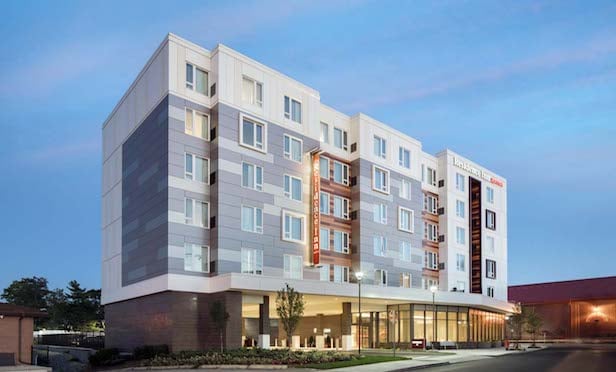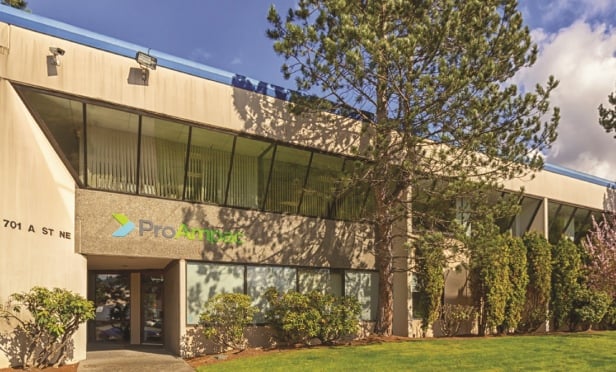Nowhere has retail real estate’s comeback been more evident than in New York City, which in the last two years has seen record-breaking leases such as Uniqlo’s $300 million deal at 666 Fifth Avenue, and a rumored $3,000 per square foot rent elsewhere on the avenue. But that doesn’t mean that deals are any easier to complete, as Andrew Goldberg, executive vice president of CBRE’s New York Tri-State Region Retail Brokerage Services Group tells GlobeSt.com. Named CBRE’s Retail Broker of the Year in 2011, Goldberg spoke with GlobeSt.com about the state of the market, and of retail in New York City, prior to attending ICSC’s RECon 2012 in Las Vegas.
GlobeSt.com: Has the deal structure changed?
Goldberg: Landlords are more willing to negotiate deals. It might not mean negotiating the rent as much, but you can find deals with concessions, some landlord’s work or TI dollars. [You’re seeing] some movement on points that for years landlords never negotiated. Landlords are working harder to get deals finished.
GlobeSt.com: Does this mean deals are taking longer?
Goldberg: The deals go on longer – certainly, I’ve been saying that for all of last year, also. That’s not a new 2012 phenomenon. It’s been gong on for a while. Tenants are coming in interested, but where before there were certain things they’d do blindly, now they’re basing it on their structure process.
GlobeSt.com: Where are tenants looking to locate?
Goldberg: It’s still the primary markets – and that doesn’t have to mean high end. It just has to mean primary for that retailer’s business. If you look at Fifth Avenue, you see how much it’s grown, not just in the 50s. You look at the 40s and you see all these new retailers coming to the market. Madison Avenue and Soho went from having a lot of availability to being very limited. The vacant stores have signs saying who’s coming. You see stores under construction. You just don’t see a lot of vacant availability.
GlobeSt.com: How are store sizes changing?
Goldberg: It depends on the business of the retailer. I find a lot of brands are tighter with the space they need. They’re more careful about controlling their occupancy costs. They’re not as quick to take additional space. They’re working very hard to get the layout tweaked perfectly. In those cases, we see retailers go smaller. On the flip side, the mass retailers are going larger. Uniqlo opened with 90,000-plus square feet and that is causing a lot of their competition to go larger.
GlobeSt.com: What was the most challenging deal of 2011?
Goldberg: They’re all challenging. Nothing just shows up and gets done. Everyone is dealing with a host of issues: timing, competition, construction. Things we used to deal with after the deal was signed are now having to get done before. This is more New York-centric. If you’re doing a mall lease, there aren’t as many moving parts. The physical structure was built for retailers. It’s all just working in the four walls pretty easily.
With New York City buildings, you’re often dealing with older structures, sometimes not built primarily for retail. You have people living or working above you. Equipment goes through your space that doesn’t belong to you. You have a host of things that just make it a bit more complicated because you don’t control them. In a mall, you deal with the landlord and he controls everything. Here, you have a landlord, but there are other people with leases surrounding you on all sides. Plus we have landmarks.– With malls you don’t have to go through a landmarks process or historic districts.
GlobeSt.com: Will New York City see new construction beyond the World Trade Center and renovation of the World Financing Center?
Goldberg: Yes, as retail rents go to all-time high levels in primary markets, to the extent you can [have new construction] you will. If you look at 666 Fifth, they didn’t do new construction, but they created retail space. They converted office space, changed the fa
© Touchpoint Markets, All Rights Reserved. Request academic re-use from www.copyright.com. All other uses, submit a request to [email protected]. For more inforrmation visit Asset & Logo Licensing.






